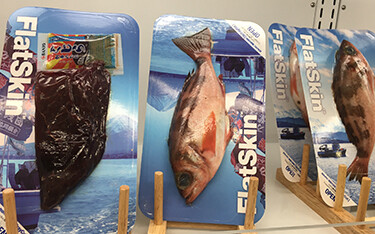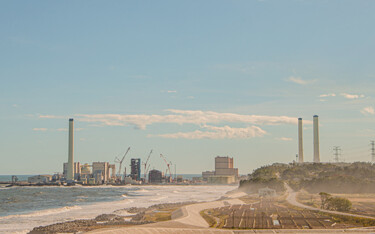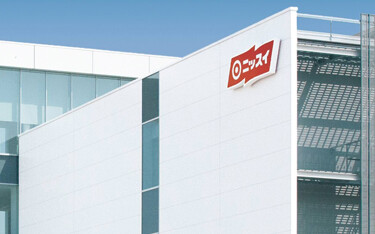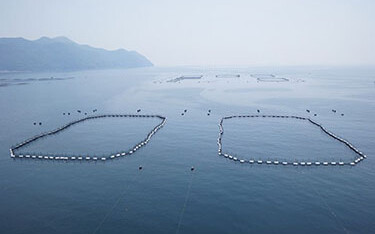A new form of packaging is gaining popularity in Japan, and recently made a strong impression at the 19th Seafood Show Osaka …
Photo courtesy of
… Read MoreResearchers from Korea Maritime & Ocean University, in Busan, South Korea revealed that exposure to higher levels of benzo[α]pyrene (BaP) slowed immune response in bay scallops and lowered their capacity to deal with oxidative stress and DNA damage.
BaP is a carcinogenic polycyclic aromatic hydrocarbon (PAH), and one of the most common pollutants released into the sea. They are formed by incomplete combustion of organic matter,
… Read MoreA tank farm grown up around the crippled Fukushima Daiichi nuclear power station, built to hold treated cooling water from the reactor, will soon begin releasing diluted water as the tanks near capacity.
The debate over the cooling water has gone on for years, with multiple groups objecting to any release of water. Fishery cooperatives, some local mayors, and South Korea and China all object to the plan, but Japan’s Nuclear Regulation
… Read MoreMembers of Anti IUU Forum Japan have issued a joint statement to Japanese government officials recommending steps that should be taken to fight illegal, unreported, and unregulated (IUU) fishing.
The Anti IUU Forum Japan is a group of organizations promoting sustainable fisheries that includes WWF Japan, Seafood Legacy Co., The Nature Conservancy, Sailors for the Sea Japan.
Their "Joint Statement on Domestic Trade of
… Read MoreKyokuyo, Japan's fourth-largest seafood company, reported positive consolidated financial results for the year ended 31 March, 2022 …
Photo courtesy of
… Read MoreNippon Suisan Kaisha announced positive financial results for fiscal year 2021, as it plans to formally change its name to Nissui Corporation …
Photo courtesy
… Read MoreThough numerous land-based aquaculture projects are in the works in Japan, there are questions as to whether these new start-ups will be able to turn a profit.
One small-scale start-up producer near Osaka, Japan, is already operating in the black and showcasing how to succeed at land-based aquaculture using something other than an recirculating aquaculture system, which have become the most-popular choice for new land-based farms being built in
… Read MoreTokyo, Japan-based Maruha Nichiro Corporation reported improved consolidated financial results for its fiscal year ending 31 March, 2022. The company’s net sales were JPY 866.7 billion (USD 6.67 billion, EUR 6.31 billion) in the past 12 months, up 7.1 percent year-on-year. …
Photo courtesy of Maruha
… Read MoreTwo Japanese start-ups are reporting success farming purple sea urchins. Urchinomics and Kita-Sanriku Factory Inc. both attended the Osaka Seafood Show on 13 and 14 April, 2022, in Osaka, Japan ...
Photo courtesy of Chris
… Read MoreCobia is beginning to find wider distribution in Japan, with Okinawa-based production companies starting to make inroads into local markets.
Farmed production of the species started in the early 1990s in Taiwan – where it is a popular, indigenous species – and it is now a major aquaculture species there. Its fast growth – it reaches four to eight kilograms in one to 1.5 years – makes it ready quickly.
However,
… Read More














